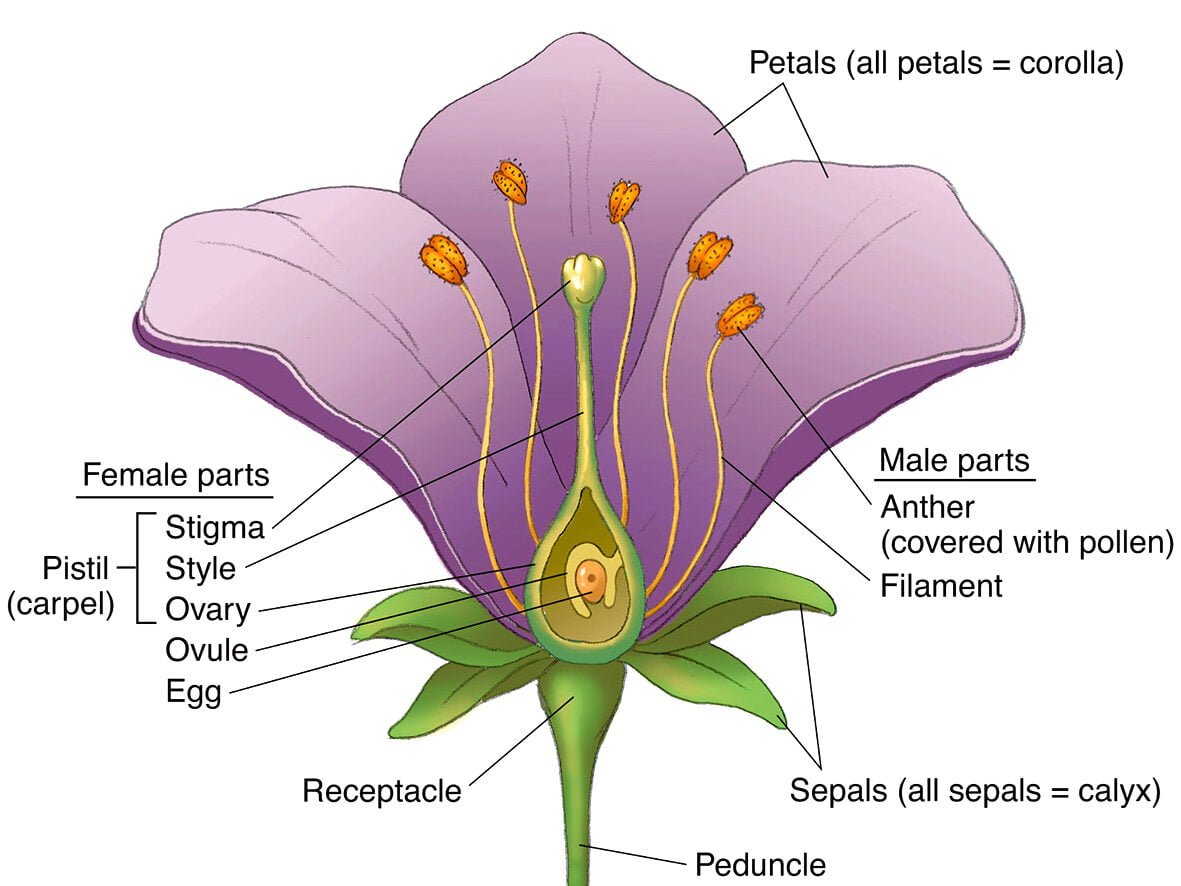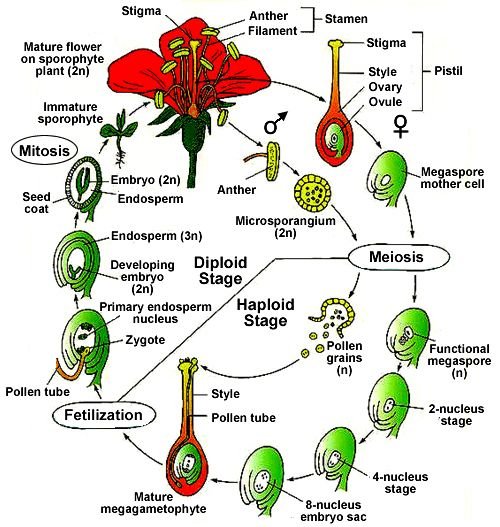Polyembryony and Polyembryony Examples
A Complete Guide for NEET, JEE, and Class 12 Students
Polyembryony is a fascinating biological phenomenon where multiple embryos develop from a single fertilized egg or seed. This process is observed in both plants and animals, leading to genetically identical or varied offspring. In this article, we’ll explore polyembryony in detail, its types, mechanisms, and real-world examples.
What is Polyembryony?
Polyembryony (from Greek: poly = many, embryon = embryo) refers to the formation of two or more embryos from a single zygote, seed, or fertilized ovule. These embryos can be genetically identical (clones) or genetically diverse, depending on the mechanism.
Key Features of Polyembryony:
- Common in plants (e.g., citrus, mango) and some animals (e.g., armadillos, parasitic wasps).
- Can occur naturally or be induced artificially.
- Used in agriculture to propagate high-quality plant varieties.
- Helps in studying genetic uniformity and evolution.
Types of Polyembryony
Polyembryony is classified based on its origin and mechanism:
1. Cleavage Polyembryony
The zygote splits into multiple embryos during early development (common in conifers like pine).
2. Adventive Polyembryony
Embryos arise from cells other than the zygote (e.g., nucellus or integuments in citrus fruits).
Examples of Polyembryony
1. Citrus Fruits (Orange, Lemon)
In citrus, nucellar cells form additional embryos alongside the zygotic embryo. This leads to multiple seedlings from a single seed, some of which are clones of the parent plant.
2. Mango
Some mango varieties exhibit polyembryony, where adventive embryos develop from the nucellus. These embryos are genetically identical to the parent tree.
3. Armadillos
The nine-banded armadillo (Dasypus novemcinctus) gives birth to identical quadruplets due to polyembryony, a rare example in mammals.
Importance of Polyembryony
Agricultural Benefits
- Clonal propagation of superior plant varieties (e.g., disease-resistant citrus).
- Ensures genetic uniformity in crops.
Scientific Research
- Helps study embryonic development and genetics.
- Used in biotechnology for mass propagation of plants.
FAQs About Polyembryony
Q1: Is polyembryony common in humans?
No, polyembryony is extremely rare in humans. Monozygotic twins (identical twins) are the closest example, but they result from zygote splitting, not polyembryony.
Q2: How is polyembryony different from apomixis?
Apomixis is asexual seed formation without fertilization, while polyembryony involves multiple embryos developing from a single fertilized seed or zygote.
Q3: Can polyembryony be artificially induced?
Yes, polyembryony can be induced in plants using hormones like auxins or through tissue culture techniques.
Summary
Polyembryony is a unique biological process where multiple embryos arise from a single seed or zygote. It has significant applications in agriculture (e.g., citrus, mango) and scientific research. While rare in animals, it offers insights into cloning and genetic uniformity.
Have questions about polyembryony? Share your thoughts in the comments below!



